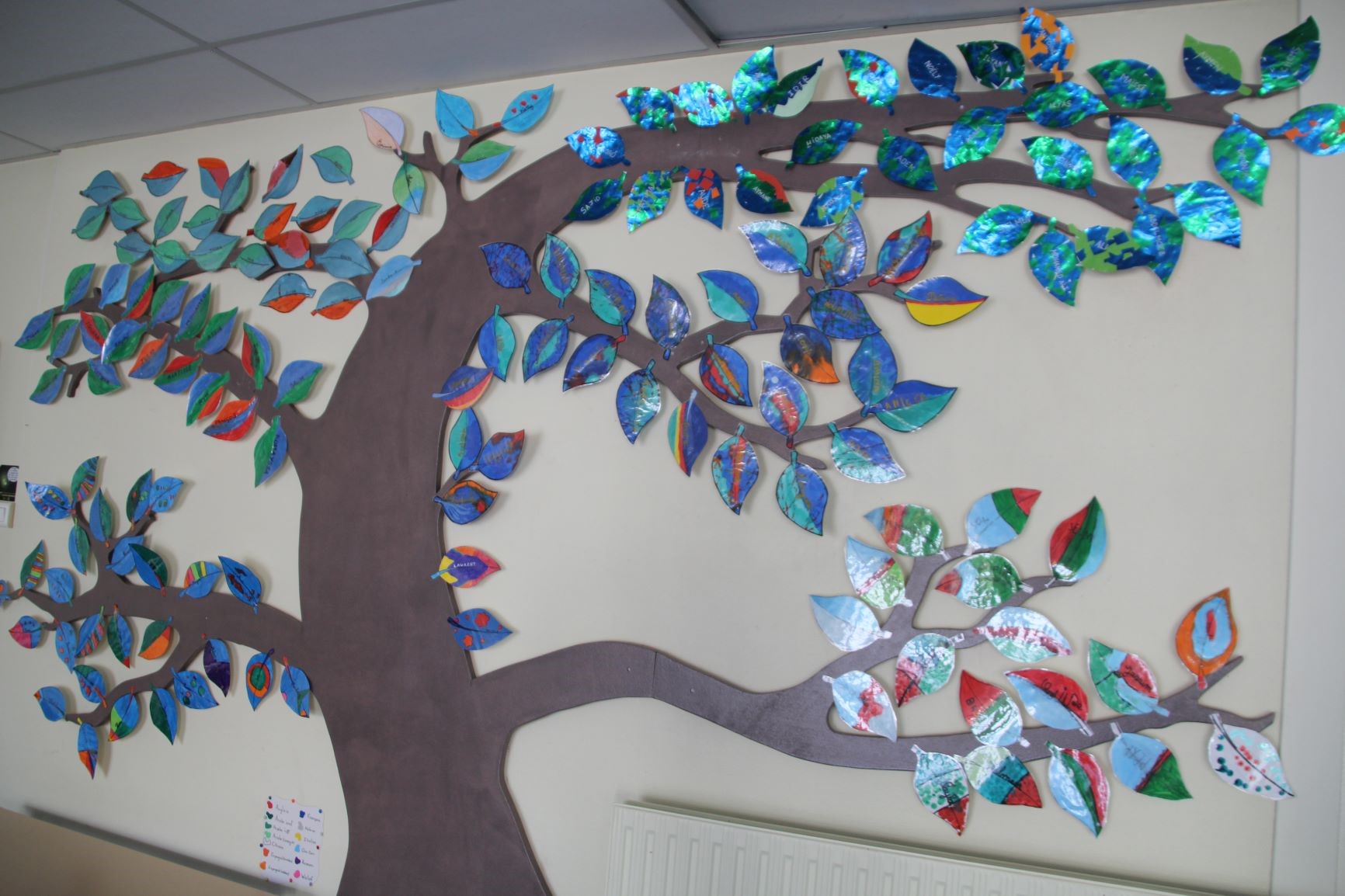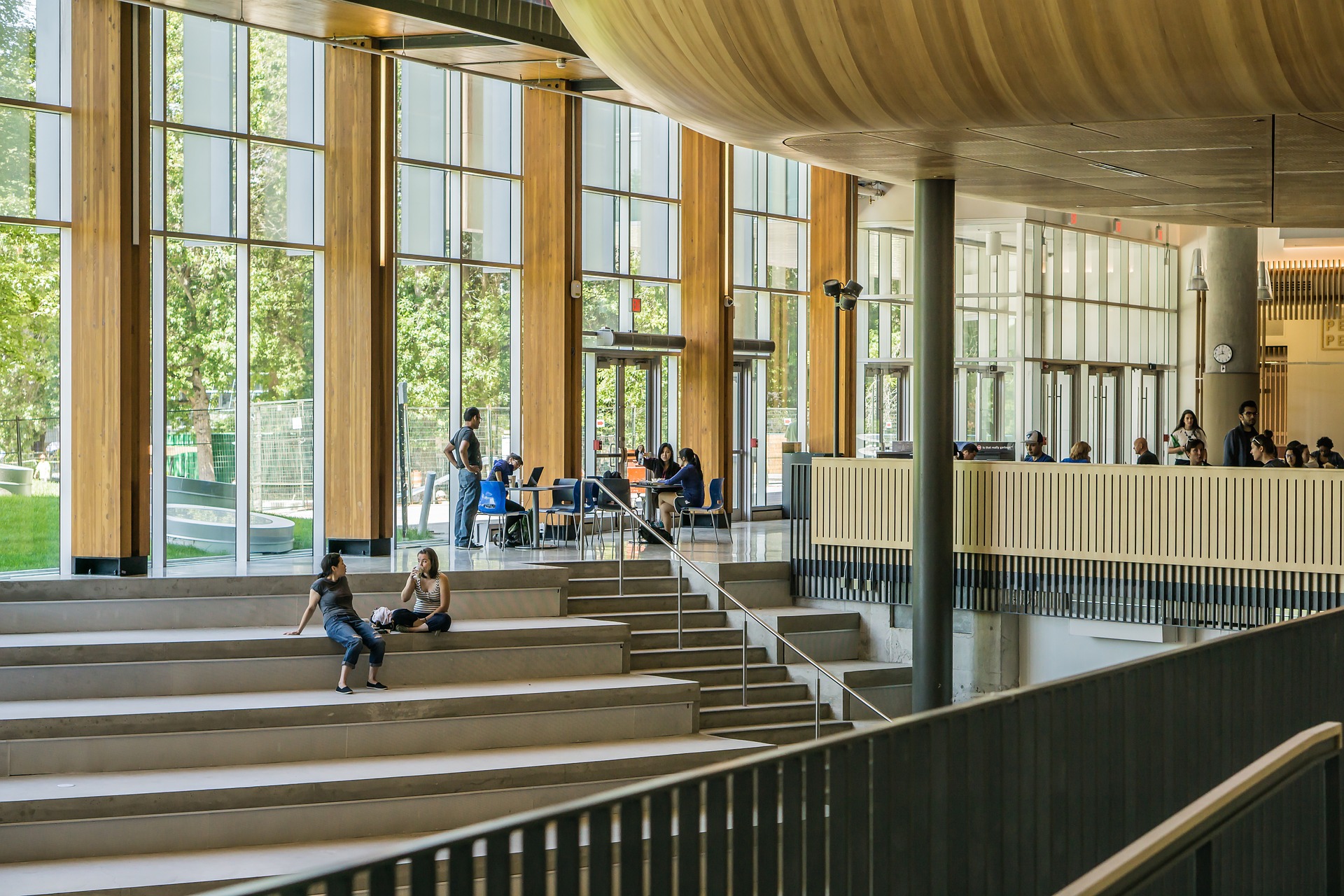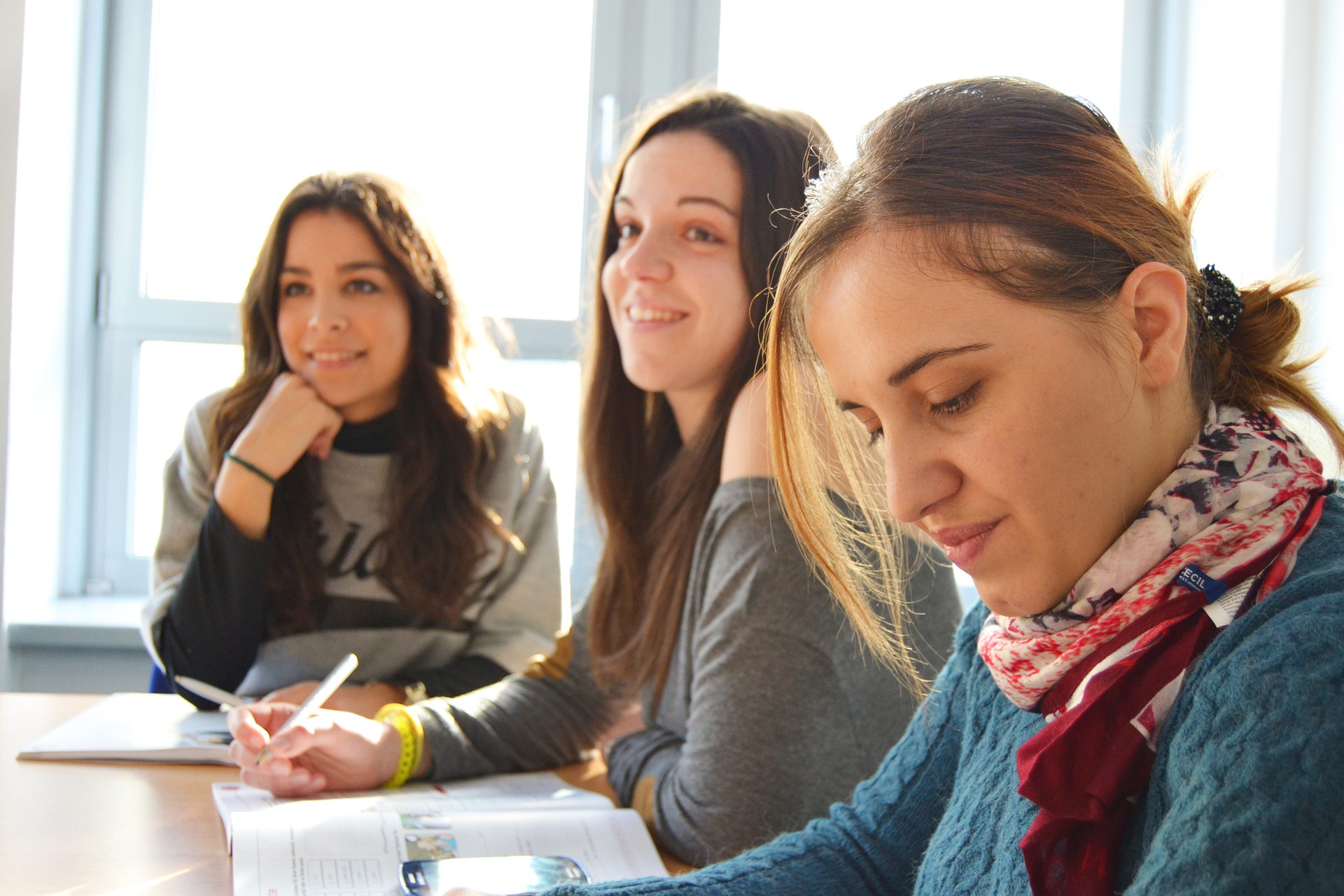A Pandemic Achievement: A Multilingual Repertoire Mobilizing Students’ Language Repertoire
During the most difficult hours of the first long Covid-19 lock down, a teacher wondered how to get her students to work from home, using the resources they had at their disposal, in particular the languages they practiced or knew. She felt the interest and surprise of her students and the emergence of a relationship of trust that continues to this day.










